
General Idea
Dalian
Located on the southern tip of the Eastern Liaoning Peninsula, Dalian has a superb geographical location and serves as a gateway to Beijing and Tianjin, with the Yellow Sea on its east, the Bohai Sea on its west, Liaoning, Jilin and Heilongjiang, the three provinces of Northeastern China and part of Inner Mongolia Autonomous Region on its north. The ideal location, agreeable climate and beautiful scenery enable Dalian to become in Northern China an important center of international shipping, finance, business, tourism and information. Dalian is a city privileged with a provincial economic administration.
Dalian is an important hub of communications in Northern China and an important international shipping center in the northeast of Asia. It is a hub of comprehensive transportation system with a powerful capacity either through the sea, land or air. The Dalian Port is a world-known deep and ice-free harbor, having shipping relations with over 160 countries and regions and undertaking more than 70% of cargo transportation and 90% of containerized traffic. Dalian is a big foreign trade port in the Northern China and the largest goods transfer port in the northeast of China. Dalian International Airport has opened nearly 100 domestic and international air routes and has been the largest airfreight transport base in the northeast of China. Dalian is linked with the well-developed highway and railway networks. In the city proper, there are many convenient public transportation lines with light rails, street cars and buses.
As an important industrial base of China, Dalian has all categories of industries capable of manufacturing complete sets of equipments. Dalian is the building base of large ships and maritime projects in China. Its shipbuilding industry accounts for one-third of the total industry in China. Dalian is the manufacture and export base of machinery manufacturing industry. Its power inner combustion locomotives, machine tools and tires, refrigeration machinery, bearings, and diesel engines are world-famous. Meanwhile, Dalian is the manufacture and export base of digitalized audio-visual products. Dalian is also the base of petroleum refining and the city of internationalized software industry. Dalian DD Port is the industrial base to develop biological engineering and digitalized technology. Its specialized industrial parks including the digitalized manufacturing park, the biological engineering park and the pharmaceutical industrial park have displayed the industry’s aggregative effect and have expanded the industrial scale. Such noted companies as Dalian Zhen’ao Company is developing beyond imagination in the industrial parks.
Dalian has an integrated and ideal science and technology education and vocation training system and is rich in science and technology human resources. There are 21 universities and colleges with 120,000 undergraduates, over 10,000 in-school doctors and postgraduates, 18 state academicians of natural science and engineering, 260,000 scientific research personnel and over 1,000,000, high-qualified industrial workers. Dalian University of Technology, Dalian Maritime University, Northeast Finance and Economy University and Dalian Medical University are all well-known universities in China. The Maritime Training Center of the United Nations Asia Development Office has set up in Dalian Maritime University. Dalian Research Institute of Chemical Physics, Guangming Chemical Research Institute and Maritime Environment Protection Research Institute are all famous research institutes in China.
Geography and Climate

Geography: One of the most heavily developed industrial areas of China, the Dalian administrative district today consists of Dalian proper and the smaller Lüshunkou (formerly Lüshun city, known in western and Russian historic references as Port Arthur), about forty nautical miles farther along the Liaodong Peninsula.
Dalian is located west of the Yellow Sea and east of Bohai Sea roughly in the middle of the Liaodong peninsula at its narrowest neck or isthmus. With a coastline of 1,906 km, it governs the entire Liaodong Peninsula and about 260 surrounding islands and reefs. It is seated at south-south-west of the Yalu River, and its harbor entrance forms a sub-Bay known as Dalian Bay.
Population: The population of Dalian on August 20th 2010 is approximately 6.17 million.
Administrative Division: The city administers 6 districts, 3 county-level cities, and 1 county: There are 92 sub-districts and 69 town/townships .Ganjingzi, Zhongshan, Xigang, and Shahekou Districts make up the urban centre. Changhai County is made up entirely of islands east of the peninsula.
Climate & Weather Briefing
The city's climate is a monsoon-influenced humid continental climate, characterised by humid summers due to the East Asian monsoon, and cold, windy, dry winters that reflect the influence of the vast Siberian anticyclone. The city experiences a one-month seasonal lag due to its position on the Liaodong Peninsula. Average temperatures range from ?3.9 °C in January to 24.1 °C in August. Annual precipitation averages 602 millimetres but is heavily concentrated in the summer months and can vary greatly from year to year. Despite the coastal location, the area receives 2740 hours of sunshine per year, or 62.5% of the possible amount.
Falling within the temperate zone, it is the warmest place in Dongbei (the northeastern part of China). Unfortunately in summer, since it is a port city, it is sometimes plagued by monsoon. Generally speaking, Dalian has four distinct seasons, with no freezing winter or sweltering summer.
The annual average temperature stays somewhere around 10 degrees C.. August is the hottest month, when the daily temperature is infrequently below 24 degrees C., with extremes as high as 35. January is the coldest month, when it averages minus 4.9 degrees C., with extremes as low as minus 24.
Climate Data Table for Dalian
Month Item | Jan | Feb | Mar | Apr | May | Jun | Jul | Aug | Sep | Oct | Nov | Dec |
maximum | 0.0 | 1.1 | 7.8 | 15.6 | 20.6 | 24.8 | 27.3 | 27.7 | 24.2 | 18.7 | 10.1 | 4.1 |
minimum | -7.0 | -5.3 | 0.6 | 7.1 | 12.0 | 17.1 | 21.2 | 22.5 | 16.6 | 11.2 | 3.5 | -3.7 |
Rainfall (mm) | 9 | 6 | 14 | 25.3 | 47.2 | 83.6 | 140.8 | 155.1 | 65.6 | 29.0 | 24.0 | 12.2 |
Days of rainfall | 0.4 | 0.34 | 0.7 | 1.28 | 1.9 | 2.7 | 6.6 | 5.9 | 2.7 | 1.0 | 0.8 | 0.4 |
History
Dalian is a city bound up in the events of the creation of modern China, and it was only built in 1899. Due to its location far away from the central government, its economy and culture grown had not developed until recently. It was nothing more than a small fishing village until the end of the 19th century. Dalian in recent years has made its spectacular growth and development mainly as a result of its strategic location in both trade and military.

Since 1840, the British Empire had attempted to raid China primarily from the sea; many colonial countries of the time eyed China, and it was hoped to carve it up between the dominant European naval powers. Under this situation, the Qing government decided to build up their maritime defenses in order to protect against attack. The city of Dalian was an important passageway into China, its location of great strategic value. It was regarded as a portal to guard the capital, Beijing. The Qing government constructed loading bridges and fortifications with built-in cannons, and set up mining camps on the northern coast of Dalian Gulf. This development allowed Dalian grows from a small fishing village into a town.

In 1894, the Sino-Japanese War broke out. The Eastern Liaodong Peninsula fell to the Japanese and in 1898 Tsarist Russia leased Dalian Bay and Lushnkou. That year, construction started on Dalian harbor, generally viewed as the beginnings of Dalian city. In 1905, the Tsarist Russia transferred its concession over Eastern Liaodong Peninsula to Japan due to its defeat in the Russo-Japanese War. It remained with Japan until their surrender in 1945, and it was eventually passed back to the Chinese without compensation by the USSR in 1950. After the withdrawal of the Soviet army, China turned Dalian into a major shipbuilding center. Today Dalian has become an important harbor, as well as a city rich in the industrial, trading and tourism industries.
Places of Interest
- Contact Us
-
Tel:
0086-571-88165708
0086-571-88165512E-mail:
admission@cuecc.com
- About Us
- Who We Are What we do Why CUECC How to Apply
- Address
- Study in China TESOL in China
Hangzhou Jiaoyu Science and Technology Co.LTD.
Copyright 2003-2024, All rights reserved





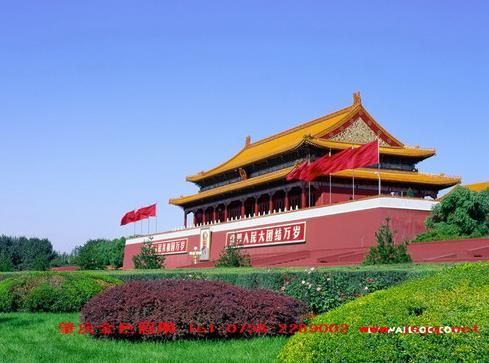
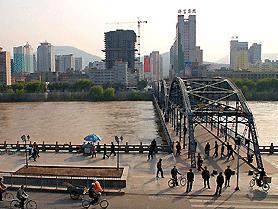
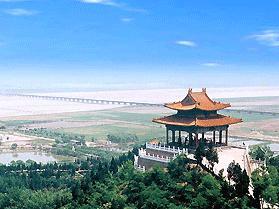
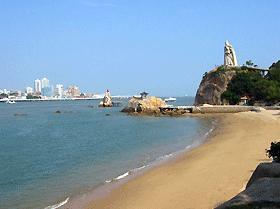
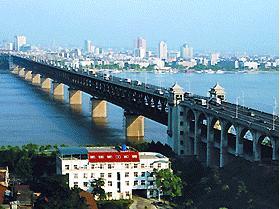
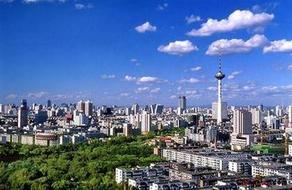
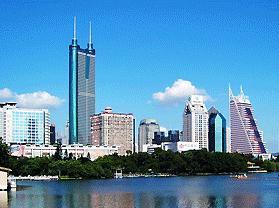
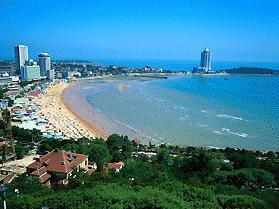

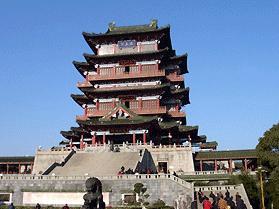
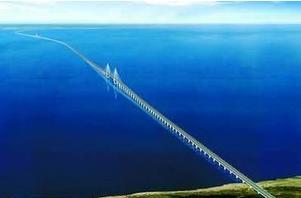
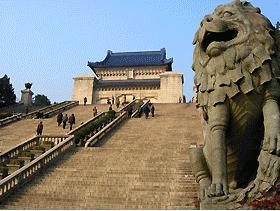
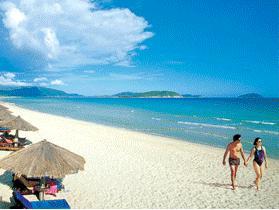
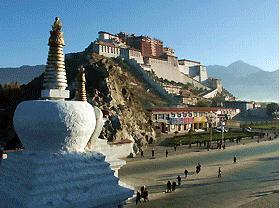

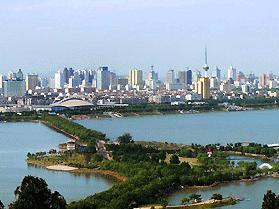
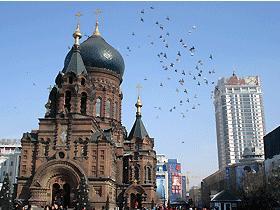
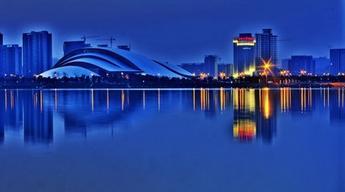
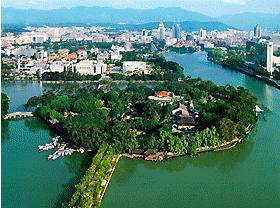
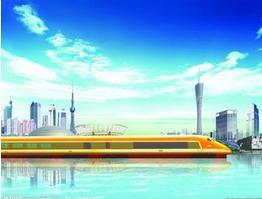

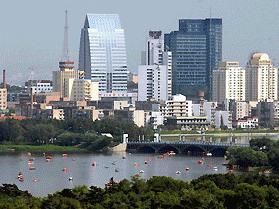
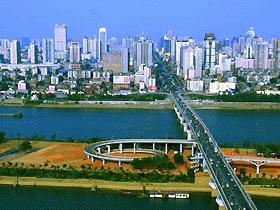
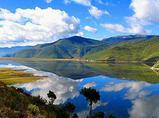


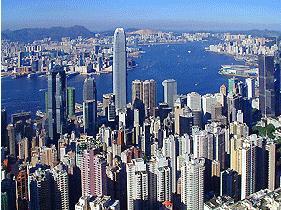
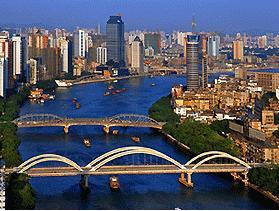
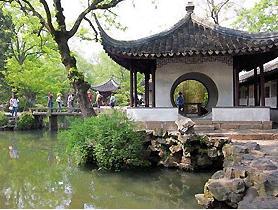

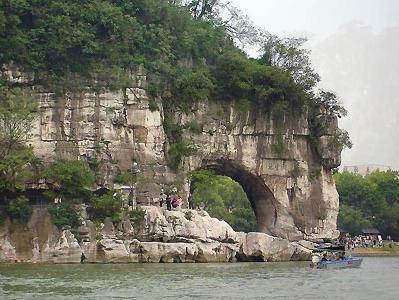

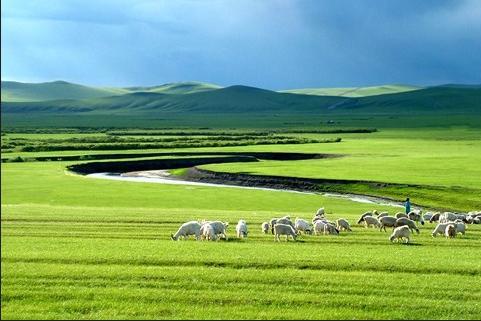
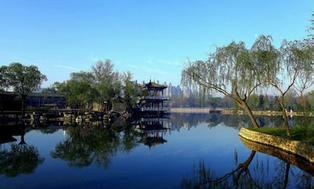
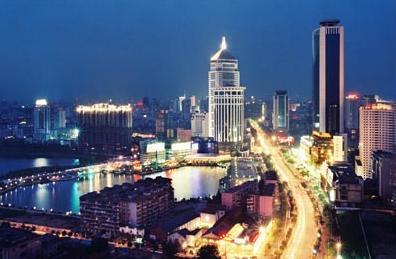
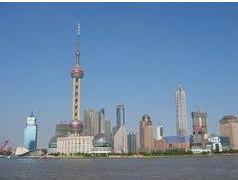
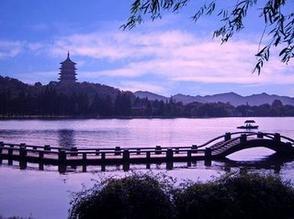

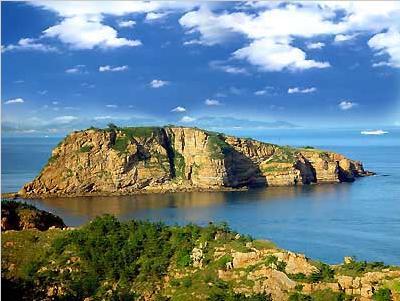
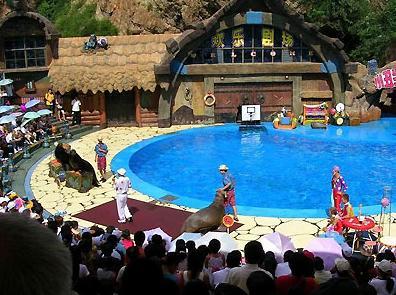
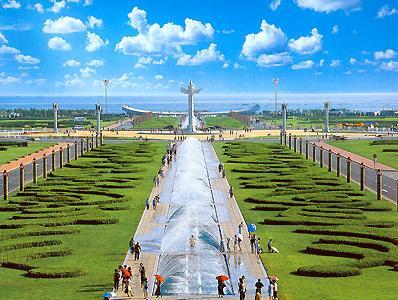
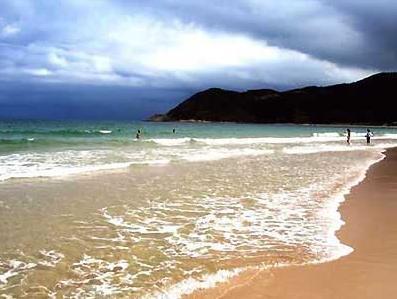

 Chinese
Chinese
 English
English
 Korean
Korean
 Japanese
Japanese
 French
French
 Russian
Russian
 Vietnamese
Vietnamese
